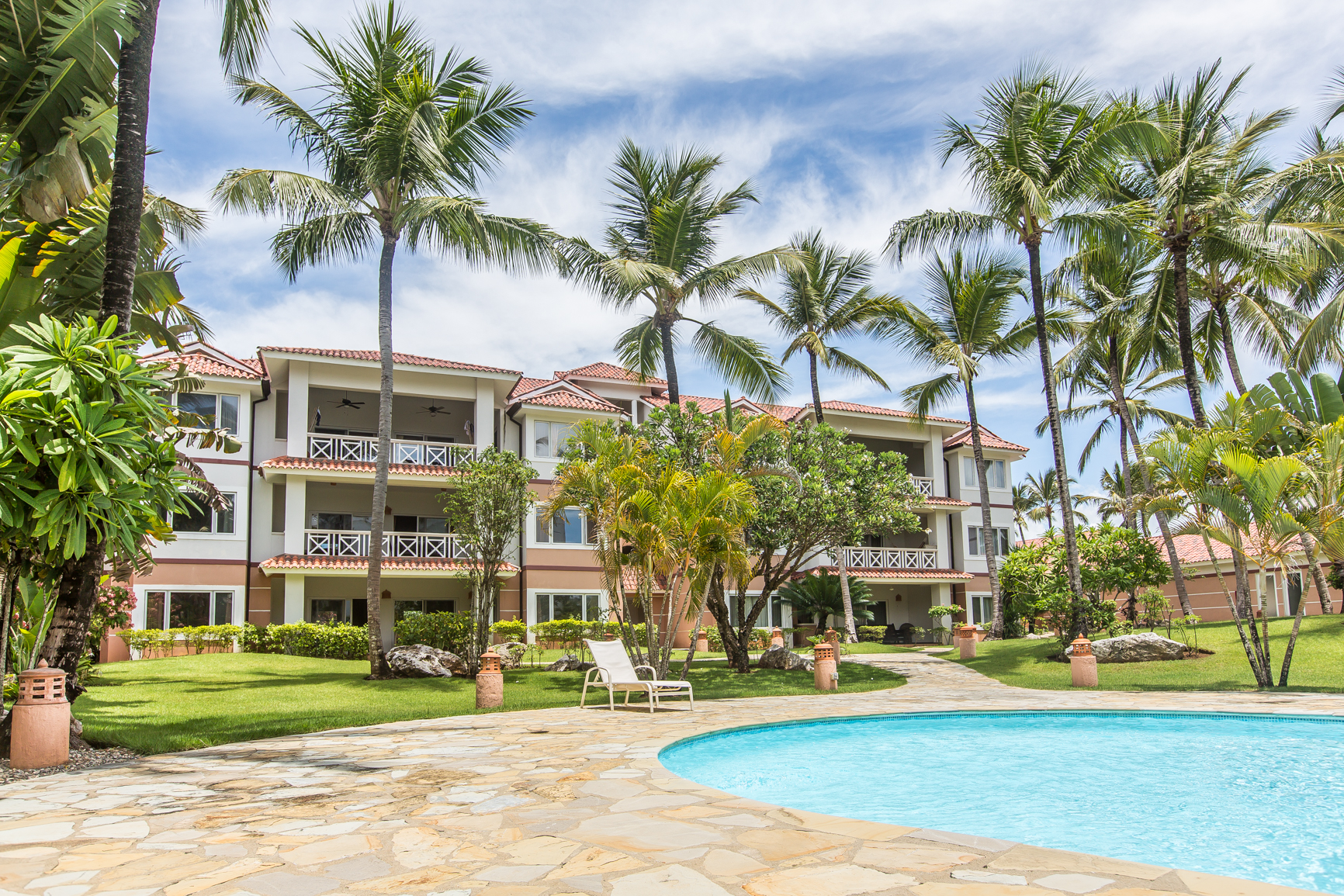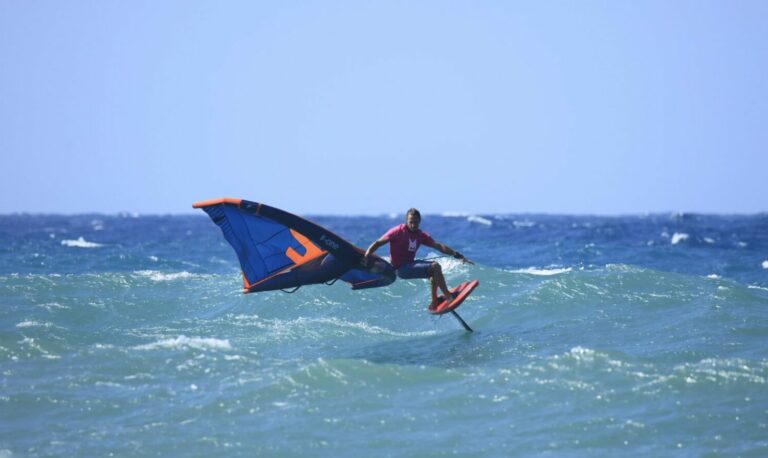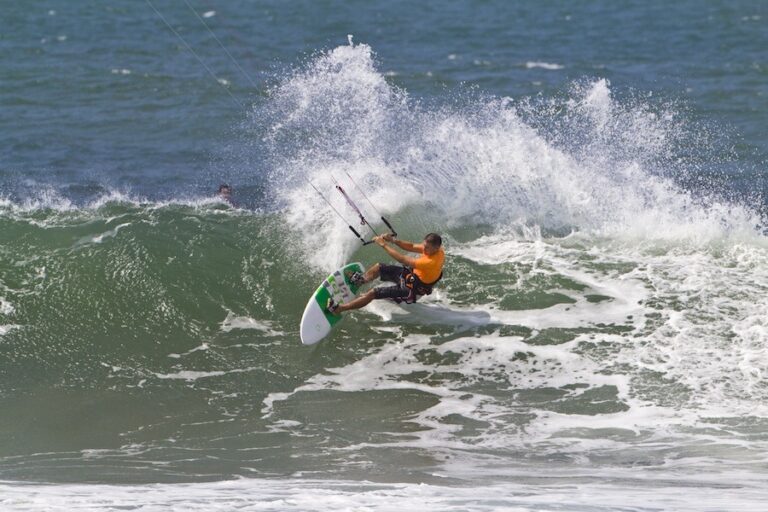The Dominican Republic’s currency is the Dominican peso (DOP). The Dominican peso is divided into 100 centavos, and is the official currency of the Dominican Republic. The peso was introduced in 1844, replacing the Haitian gourde. The Dominican Republic has a history of monetary instability, and the peso has been subject to periods of high inflation. The peso is currently pegged to the U.S. dollar (USD) at a rate of 1 USD = 50.0 DOP.
The Dominican Republic is a country located on the island of Hispaniola in the Greater Antilles archipelago of the Caribbean region. It occupies the eastern five-eighths of the island, which it shares with the nation of Haiti, making Hispaniola one of two Caribbean islands, along with Saint Martin, that are shared by two sovereign states. The Dominican Republic is the second-largest Caribbean nation by area (after Cuba) at 48,671 square kilometers (18,792 sq mi), and third by population with 10,349,032 people (estimated 2019). It has the highest GDP per capita in the Caribbean. The capital of the Dominican Republic is Santo Domingo, which is also the country’s largest city. Santo Domingo is the capital and largest city of the Dominican Republic. It is the oldest continuously inhabited European settlement in the Americas, and was founded by Bartholomew Columbus, brother of Christopher Columbus, in 1496. The city is located on the southeastern coast of the island of Hispaniola, in the Greater Antilles archipelago of the Caribbean region. Its metropolitan area, which includes the distrito nacional (a smaller administrative division) and several surrounding municipalities, has a population of 2,908,607 people, making it the largest metropolitan area in the Caribbean and the 10th-largest […]
restrictions As of October 2020, the Dominican Republic has lifted all travel restrictions related to COVID-19. However, visitors are still required to present a negative PCR test taken within five days of their arrival. For more information on the Dominican Republic’s travel policies, please visit their official website.
If you’re planning a trip to the Dominican Republic, you may be wondering what the currency situation is like. The Dominican Republic’s currency is the Dominican Peso (DOP), and as of writing, one US dollar (USD) is worth approximately 50 Dominican pesos. While you can definitely use USD in the Dominican Republic, it’s usually not the best idea, as you’ll likely get ripped off by getting a worse exchange rate. Therefore, it’s best to convert your USD to Dominican pesos before you leave, either at a currency exchange kiosk at the airport, or at a bank. Once you’re in the Dominican Republic, you’ll find that most prices are quoted in Dominican pesos, though some hotels and tour operators may also accept USD. In general, it’s best to pay in the local currency whenever possible. When it comes to tipping in the Dominican Republic, it’s generally expected to tip 10-15% in restaurants, and $1-2 per bag for hotel staff. Taxi drivers don’t usually expect a tip, but it’s always appreciated if you round up the fare to the nearest dollar. All in all, the currency situation in the Dominican Republic is fairly straightforward, and as long as you take some basic […]
The Dominican Republic is a country located on the island of Hispaniola in the Caribbean Sea. The capital city of the Dominican Republic is Santo Domingo, which is also the largest city in the country. Other major cities in the Dominican Republic include Santiago de los Caballeros, La Romana, and Puerto Plata. The Dominican Republic is a popular tourist destination, due to its beautiful beaches and resorts. The country is also home to a number of historical and cultural sites. Santo Domingo, for example, is home to the first cathedral and castle built in the Americas, as well as a number of other important historical landmarks. If you’re planning a trip to the Dominican Republic, be sure to check out all of the country’s amazing cities!
There are many different Dominican Republic cultures depending on the region you are in. For example, the city of Santo Domingo has a mix of Spanish and African influences, while the countryside is more influenced by the indigenous Taino culture. One of the most important aspects of Dominican Republic culture is music. Merengue and bachata are the two most popular genres of music and are often heard playing in the streets. Dominican Republic music is very lively and upbeat, and is sure to get your feet moving! Another important part of Dominican Republic culture is religion. Roman Catholicism is the main religion, but there is also a significant minority of Evangelical Protestants. Voodoo is also practiced by some, and you may see offerings to the spirits (called loas) in some of the shops. If you want to experience Dominican Republic culture for yourself, there is no better way than to visit the country! Come and enjoy the music, the food, and the friendly people. You’re sure to have a great time!
When it comes to celebrations, the Dominican Republic knows how to do it right! From the vibrant and colorful Carnivals to the lively and festive Christmas and New Year’s Eve celebrations, there is always something to enjoy in this Caribbean country. One of the most popular celebrations in the Dominican Republic is Carnival, which takes place every year in the months of February or March. Carnival is a time when people come out to the streets to enjoy music, dancing, and costumes. It is also a time when many businesses and schools close down so that everyone can enjoy the festivities. Another popular celebration in the Dominican Republic is Christmas. Christmas is celebrated on December 25th and is a time when family and friends get together to exchange gifts, enjoy good food, and make merry. Many people also take part in religious celebrations and services during this time. New Year’s Eve is also a big celebration in the Dominican Republic. Many people stay up late to watch the fireworks and celebrate with their loved ones. Some people even travel to different parts of the country to experience the different New Year’s Eve celebrations that take place. No matter what time […]
The Dominican Republic is a country located on the island of Hispaniola in the Greater Antilles archipelago of the Caribbean region. It occupies the eastern five-eighths of the island, which it shares with the nation of Haiti, making Hispaniola one of two Caribbean islands, along with Saint Martin, that are shared by two sovereign states. The Dominican Republic is the second-largest Caribbean nation by area (after Cuba) at 48,445 square kilometers (18,705 sq mi), and third by population with 10,349,815 people (2018 estimate). In December 1492, Christopher Columbus landed on the island and claimed it for Spain, which ruled the island for the next three centuries. Following the French–Spanish War (1795), Spain ceded the western third of the island to France. In 1804, Haiti’s revolutionary leader François Dominique Toussaint L’Ouverture led a successful revolt against the French, becoming the first ruler of an independent Haiti. The nation would again be occupied by Spain from 1809 to 1821 before gaining independence for good in 1844. In 1861, the western half of the island was annexed by the newly formed Dominican Republic. The Dominican Republic is a unitary state governed by a presidential republic. The President is both head of state and […]
The Dominican Republic is a country located on the island of Hispaniola in the Greater Antilles archipelago of the Caribbean region. It occupies the eastern five-eighths of the island, which it shares with the nation of Haiti, making Hispaniola one of two Caribbean islands, along with Saint Martin, that are shared by two sovereign states. The Dominican Republic is the second-largest Caribbean nation by area (after Cuba) at 48,445 square kilometers (18,705 sq mi), and third by population with 10,349,209 people (as of 2019). In 2010, the Dominican Republic had the ninth-highest GDP per capita in Latin America and is the largest economy in the Caribbean and Central American region. The Dominican Republic is a middle-income developing country with an economy primarily dependent on agriculture, mining, tourism, trade, and manufacturing. The country is the site of the first cathedral, castle, monastery, and fortress built in the Americas, located in Santo Domingo’s Colonial Zone, a World Heritage Site. Santo Domingo was called Ciudad Trujillo (Trujillo City) from 1936 to 1961, after the Dominican dictator, Rafael Trujillo, named it after himself. Following his assassination, the city resumed its original designation. The Dominican Republic has the ninth-largest economy in Latin America and is […]
When most people think of the Dominican Republic, they picture white sandy beaches, crystal clear water and all-inclusive resorts. But there is so much more to this beautiful country than just its beaches. The Dominican Republic is a country with a rich history and culture. The first European settlers arrived in the country in the early 16th century, and the country has been influenced by both Spanish and French colonization. This diverse history is reflected in the country’s architecture, food and music. The Dominican Republic is also a country with a strong sense of national pride. Dominicans are passionate about their culture and are quick to share it with visitors. From the moment you arrive in the Dominican Republic, you’ll be greeted with warm hospitality and a sense of welcome. Whether you’re looking for a relaxing beach vacation or a trip filled with adventure, the Dominican Republic has something to offer everyone. So start planning your trip today and experience all that this beautiful country has to offer!




